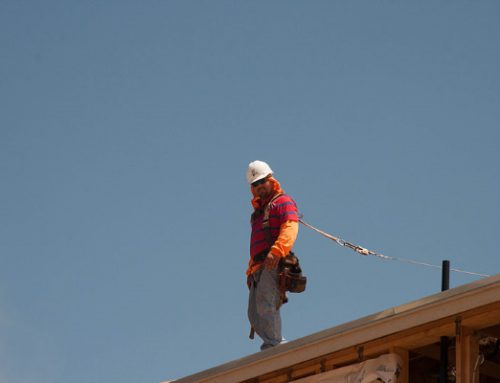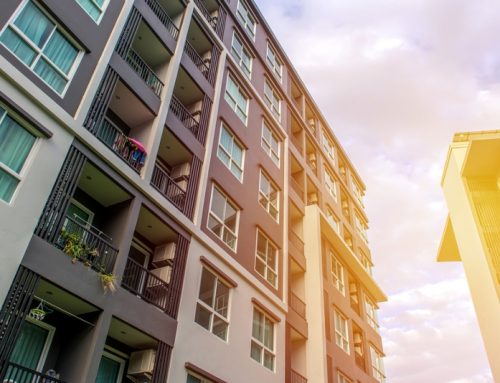Rubber roofs vs modified rubber roofs. EPDM vs TPO. It’s something property owners need to compare to find which roofing material suits their needs.
When comparing EPDM vs TPO, it seems like ethylene propylene diene monomer (EPDM) roofs will always win. Contractors highly recommend them because of their cost efficiency.
However, EPDM isn’t the holy grail of single-ply flat roof membranes. Thermoplastic Polyolefin (TPO) also offers a wide range of advantages despite the additional cost for property owners.
To finally settle the score between EPDM vs TPO, a side-by-side comparison will help property owners make the right decision for their properties.
EPDM
EPDM roof manufacturers combine recycled rubber material from old tires, boots, and other sources to create the material. Then, they mix slate and sawdust to add density and strength. Lastly, they use a printer-style material flattener to get rubber roofs ready for installation after quality inspection.
Contractors always answer EPDM vs TPO because it is cost-effective. Rubber roofs cost only $0.4-$0.8 per square feet. If you needed an immediate single-ply solution, all you needed was this material.
Most property owners find value in EPDM. Manufacturers comply with ASTM D4637 when manufacturing their roofing materials. This ensures rubber roofs will withstand hailstorms and troubling weather calamities. In consequence, its improved durability lengthens the lifespan of the roof system and ultimately the property as a whole.
Additionally, EPDM is easy to install. Contractors will unfurl them and apply deck adhesive after preparing the deck of your roof. This requires less manpower and special equipment to perform saving you money from added contractor time.
However, rubber roofs are not exactly elegant. The most affordable materials only come in a black color. You may need to pay $1-$2 for colored variants, which makes them equivalent to TPO prices.
Overall, EPDM roofs are useful for flat-roof homes, garages, storehouses, and corporate commercial properties.

EPDM roofs are made from recycled rubber, slate, and saw dust. Once they’re worn out, EPDM roofs can be recycled.
Durability
All EPDM roofs must comply with ASTM D4637 requirements. This ensures the roofing material will withstand hailstorms and small debris damage with the right density, thickness, and material durability.
While EPDM roofs are susceptible to foot traffic damage, proper maintenance will retain its durability for the entirety of its lifespan
Longevity
Rubber roofs have a 25-30 year lifespan similar to residential asphalt shingle roofs.
Ease of Installation
Contractors will unfurl them and iron them out to adapt to the roof form. Then, strong roofing adhesive keeps them in place. In turn, contractors need no special equipment and a small crew to install them on a single commercial property.
Environmentally Friendly
Manufacturers make EPDM roofs from recycled tires, slate, and sawdust. When EPDM roofs reach the end of their lifespan, you can recycle them.
Lacking in Curb Appeal
Affordable EPDM roofs only come in black colors. Colored variants are as costly as TPO roofs.
Poor UV Protection
The game-changer when it comes to EPDM vs TPO. The black color reduces the UV reflective capacity of EPDM materials.
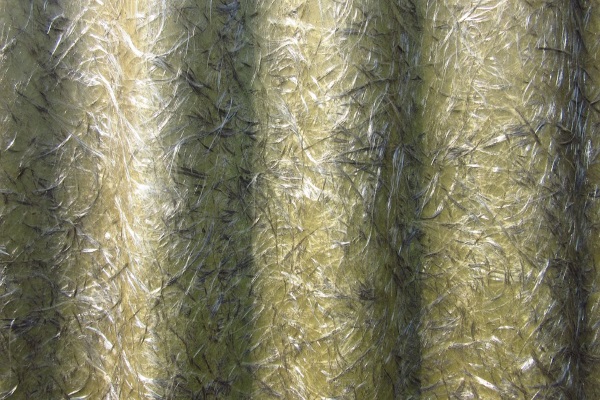
TPO roofs are reinforced with fiberglass and talc, which strengthens its membrane further than EPDMs.
TPO
Thermoplastic Polyolefin roof manufacturers improve on EPDM roofs with polymerized polyprophlene and ethylene-propylene rubber. Aside from this base material, manufacturers reinforce the material with fiberglass and talc.
Fiberglass is a strong material asphalt and architectural shingle roof manufacturers use to improve the durability and lifespan of both materials. Therefore, TPO roofs have the same strength as these special shingles, which rival or exceed the durability of steel.
Manufacturers comply with ASTM D5338 standards to ensure they will withstand weathering, harsh rainstorms, and hailstorms.
When it comes to EPDM vs TPO, the latter excels in added UV protection, curb appeal, and durability. Fiberglass and talc adds better longevity and improved durability for TPO roofs. In addition, they have a huge variety of colors to choose from to suit any property. Lastly, the bright colors ensure they offer excellent UV reflective capability improving property insulation.
Durability
Manufacturers add fiberglass and talc to the membrane of TPO. This elevates its protective capacity further than EPDM.
Longevity
EPDM vs TPO is at par with longevity with TPO having roughly the same lifespan as EPDM with 22-30 years.
Mechanical Installation For Optimum Roof Security
Contractors use the mechanically attached system when installing TPO on flat roofs. They achieve this with fastening plates to secure the roofing material. This saves property owners time in installation and future maintenance. However, the installation comes at an additional cost due to special equipment usage.
Unlike EPDM installation, the mechanical attachment system will not use adhesives and seam tapes. The fastening plates stretch the thick TPO material and makes sure the membrane stays in place.
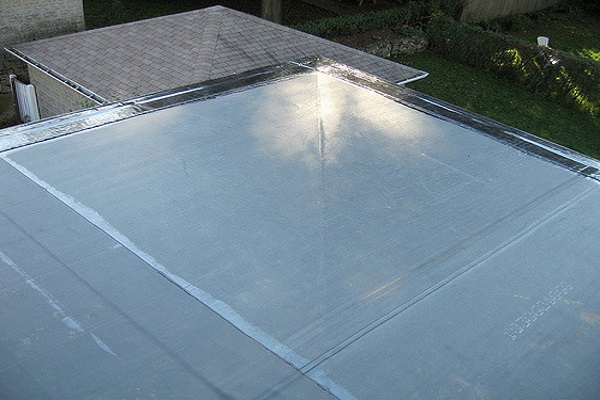
TPO roofs are always colored. Meanwhile, most EPDm roofs are black. However, colored options are available — at an additional cost.
A Wide Range of Colors
Unlike EPDM, TPO comes in a wide range of colors. However, this makes them more expensive than its counterpart. These roofs cost about $5-$8 per square feet, which is a huge jump from EPDM prices. However, the unparalleled insulation and UV reflective capacity is worth paying for
Varies in Thickness
The ASTM D5338 guidelines do not specify the actual thickness TPO roofs must assume. It only dictates the durability and quality standard of the industry to ensure property owners are using quality products. However, thicker isn’t always better. All TPO materials will deliver roughly the same quality from one manufacturer to another.
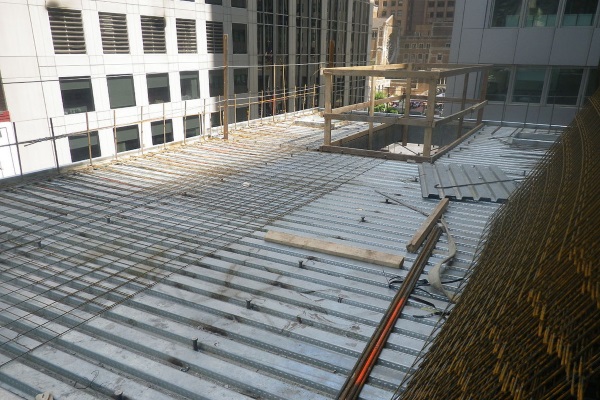
Contractors will clear and improve your roof deck before installing either EPDM and TPO membranes.
Conclusion
When it comes to EPDM vs TPO, the most important thing to consider is the need of curb appeal, durability, and longevity for your roof.
EPDM has less curb appeal but has almost the same durability and lifespan as TPO roofs. On the other hand, TPO has a wide range of colors guaranteeing better property insulation. However, the varying thicknesses and huge price jump may turn off prospective buyers.
When it comes to practical solutions, corporate properties will benefit greatly from EPDM roofs. However, for hotels, restaurants, and architectural but flat-roofed commercial properties, TPO offers a wide variety of appealing colors too.
Therefore, the best way to answer EPDM vs TPO is to consider the roofing factors you prioritize. With these facts, you can definitely make the best decision for your roof. In addition, consider other single-ply roofing materials that can work for your roof too.
However, make sure to use experienced EPDM and TPO contractors to install any roofing material you choose. Proper installation lengthens the durability and lifespan of any roofing material.



